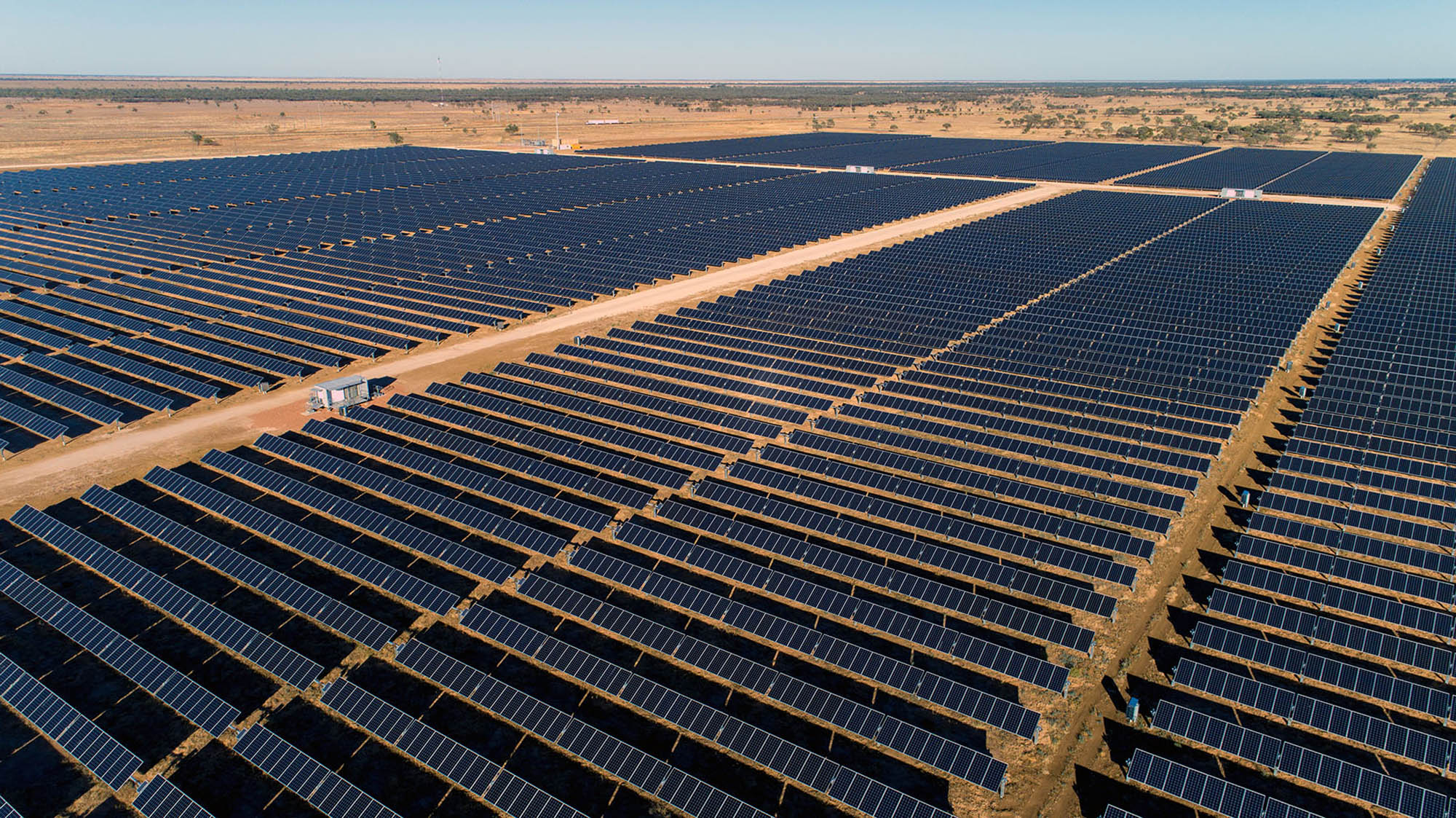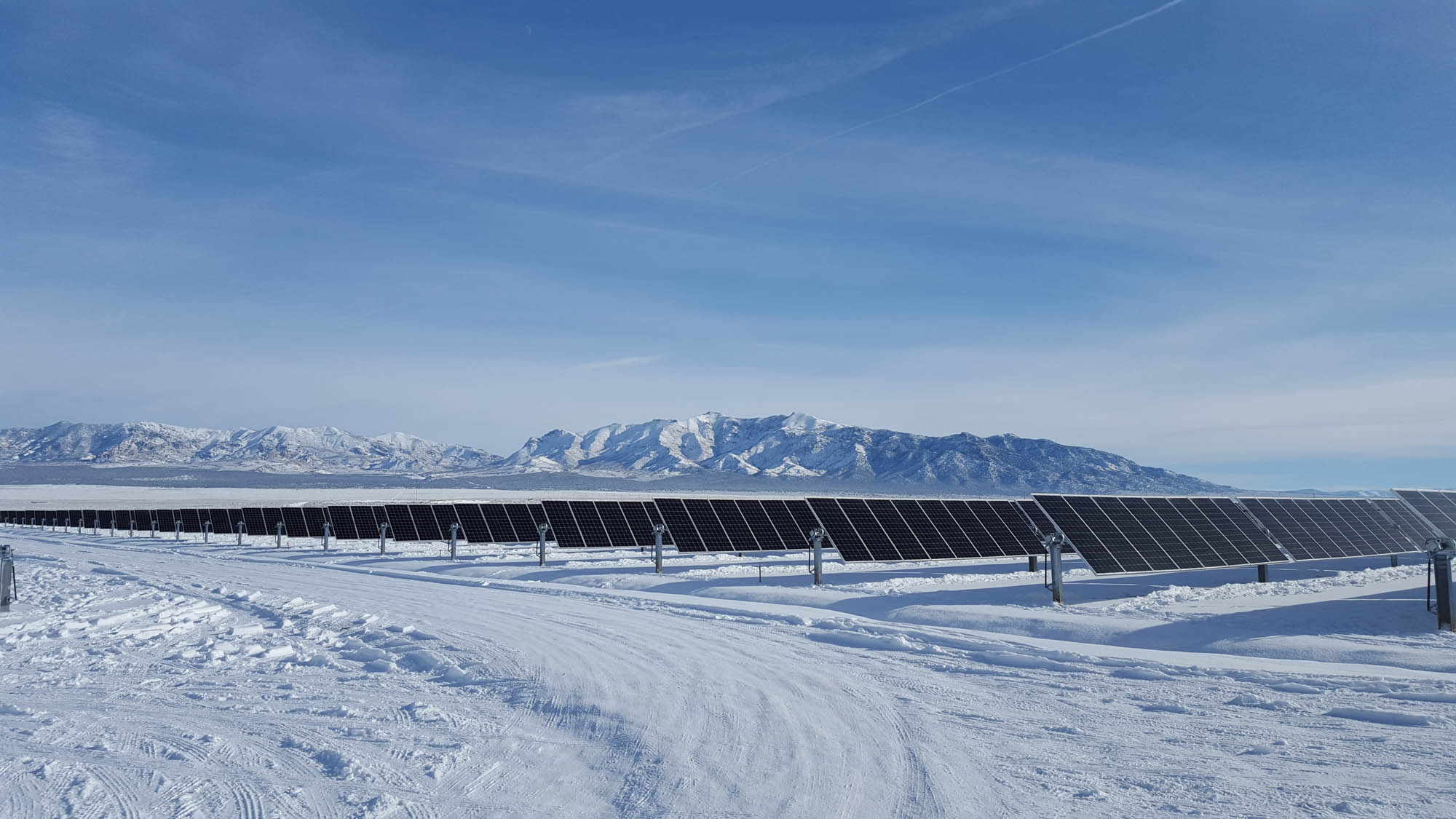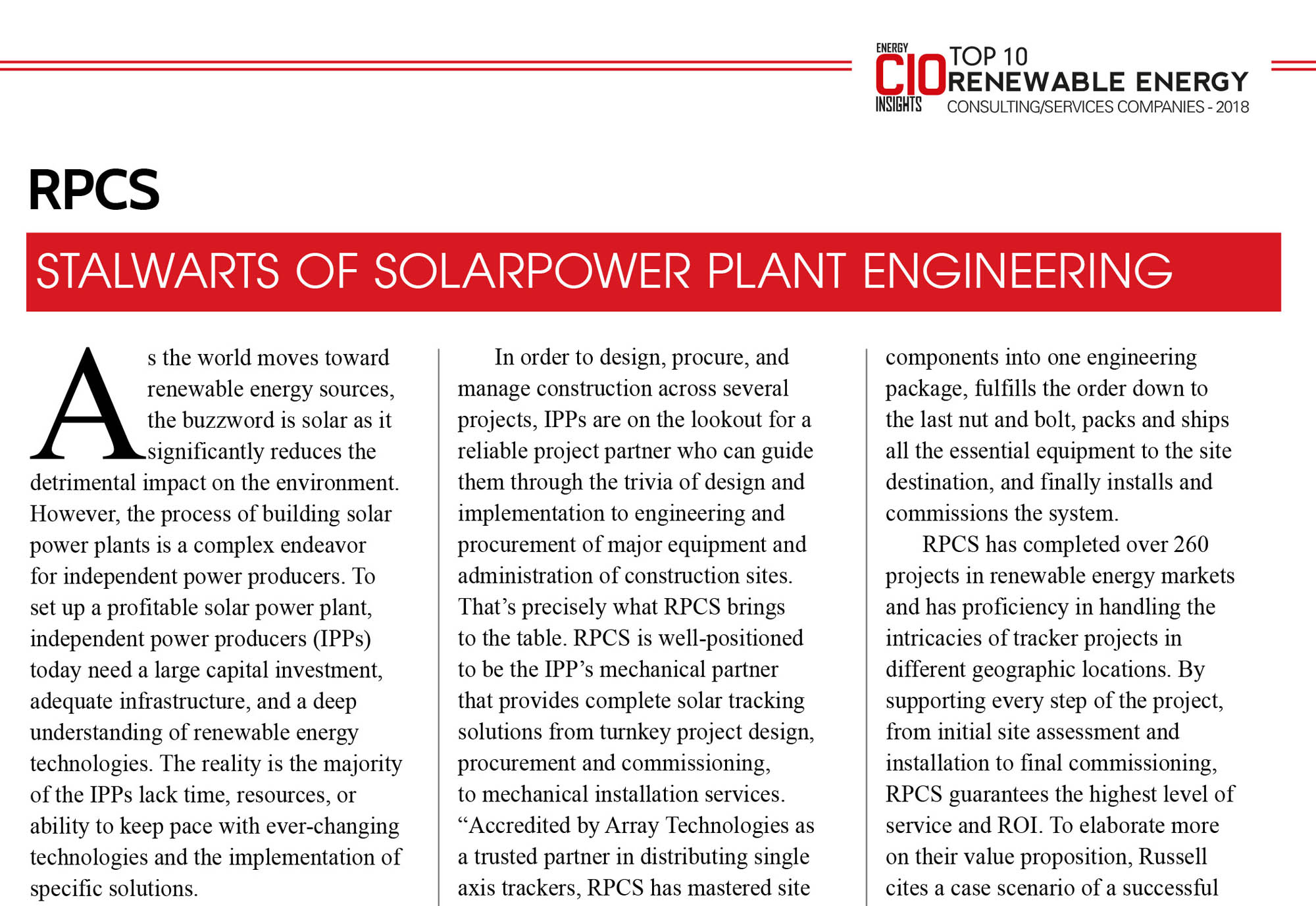Using Calibrated PVsyst Model Input Parameters to Accurately Predict In-Field Performance
By Greg Beardsworth & Amir Asgharzadeh Shishavan, Ph.D.
Executive Summary: Testing at the Center for Solar Excellence, detailed here, indicates that industry standard mono-PERC bifacial electrical strings fielded on one-in-portrait (1P) single-axis trackers provide additional DC-side gains as compared to equivalent monofacial strings. These additional bifacial gains are on the order of 5% to 7% under low-albedo conditions (≈20%) and 10% to 12% under high-albedo conditions (≈50%). These grid-connected test results are in good agreement with data from bifacial test sites that the National Renewable Energy Laboratory (NREL) and PV Evolution Labs (PVEL) operate. Side-by-side test results further indicate that NX Horizon provides an additional 1.02% to 1.67% of DC-side bifacial gains as compared to other 1P single-axis tracker designs. When using PVsyst to model bifacial gains with calibrated structure-specific inputs, we find a strong correlation between field-measured and PVsyst-modeled bifacial gains. Based on side-by-side test data comparing 1P to two-in-portrait (2P) tracker architectures, we are finding that bifacial modules mounted on a 1P tracker have an albedo-dependent gain advantage of 0.6% to 1.2%.
Download PDF




